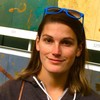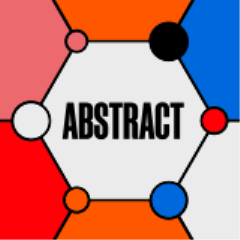Image: Roslan RAHMAN / AFP via Getty Images
ABSTRACT breaks down mind-bending scientific research, future tech, new discoveries, and major breakthroughs.
Advertisement
Advertisement
Advertisement
This image visualizes the flows of individuals across the Greater Boston area as lines (visiting frequency as the color, number of unique visitors as the width) that form spatial clusters of attractive places, with the height of mountains representing location-specific attractiveness. Credit: Guangyu Du.
Advertisement

